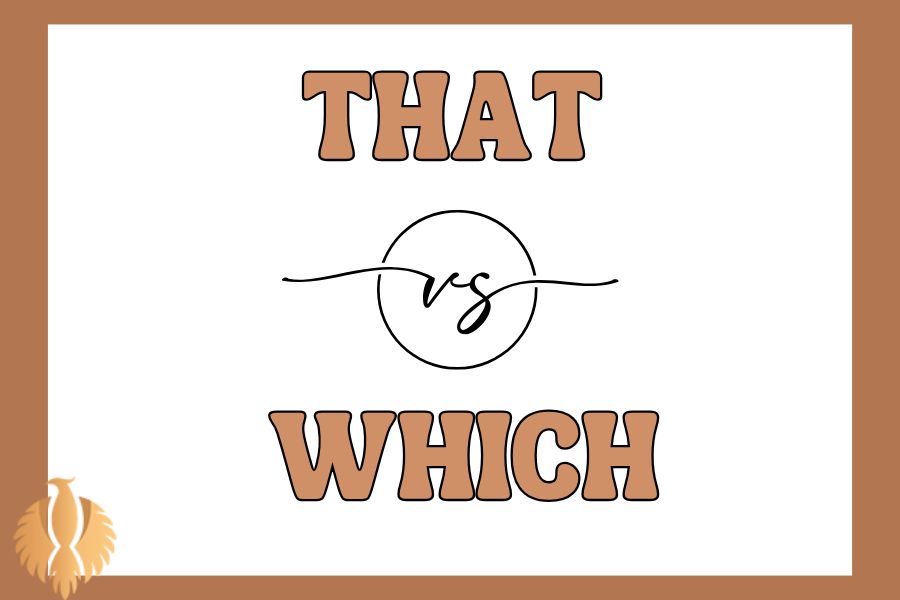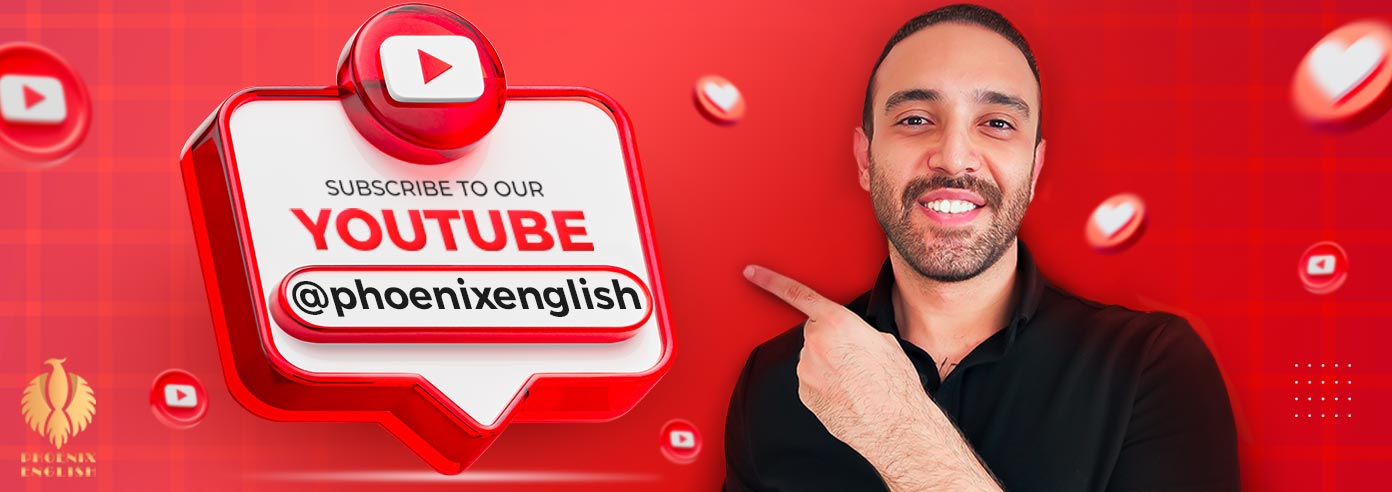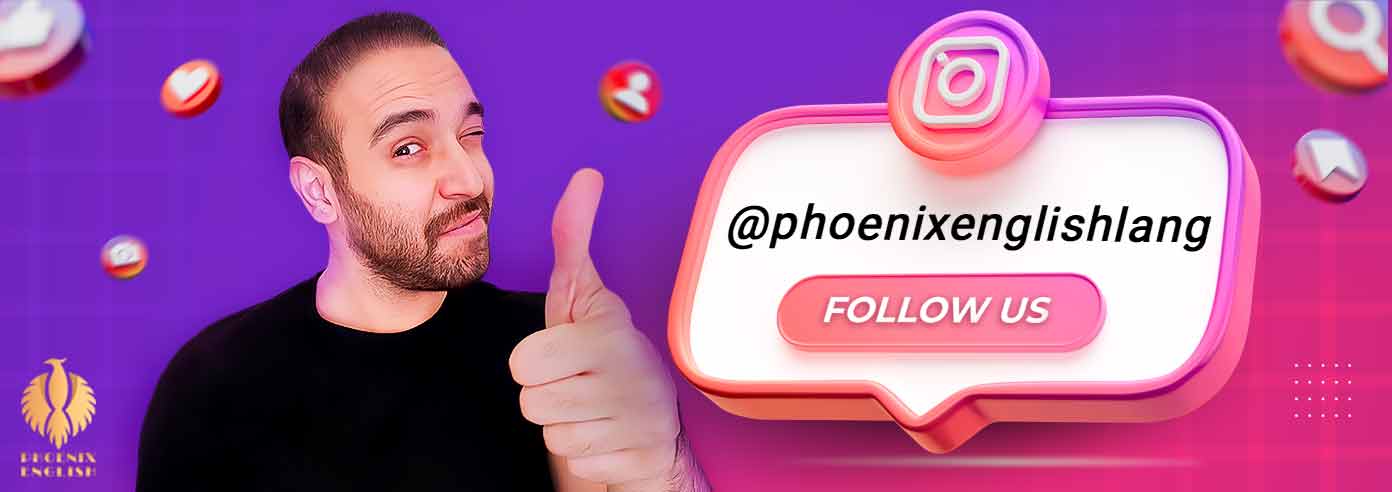Confused about when to use ‘that’ or ‘which’? Use ‘that’ for information you need in order to understand the sentence(e.g. the book that she wrote is famous.) Use ‘which’ for extra details that aren’t necessary (e.g. the book, which she wrote last year, is famous.) Also, ‘which’ needs commas, but ‘that’ doesn’t.
Learning English is full of tricky moments, especially regarding words that seem almost identical but can change the meaning of a sentence entirely. Even experienced or native speakers sometimes mix up words that feel simple.
Like “that” and “which,” which sound interchangeable at first, or like one of them might be a typo, but using them correctly can really impact the clarity and precision of your writing.
It’s definitely not the only one and you can always tell from how often it happens. Words like “affect” vs. “effect” or “fewer” vs. “less” are confusing learners all the time.
You may also want to have a look at some of our past articles including the difference between the confusing words “acception” and “exception”.
While some of these words may share meanings or usage, “nice” and “kind” both being positive adjectives, for example, not knowing the subtle differences between them can result in expressions that are fuzzy, inarticulate, or just plain awkward, as well as the mistaken impression.
The trouble with these words is the subtle differences between how they operate and when to use them.
What you have to know here is the precise difference between “that” and “which” and the grammatical distinctions that differentiate them.
The Core Difference Between That and Which
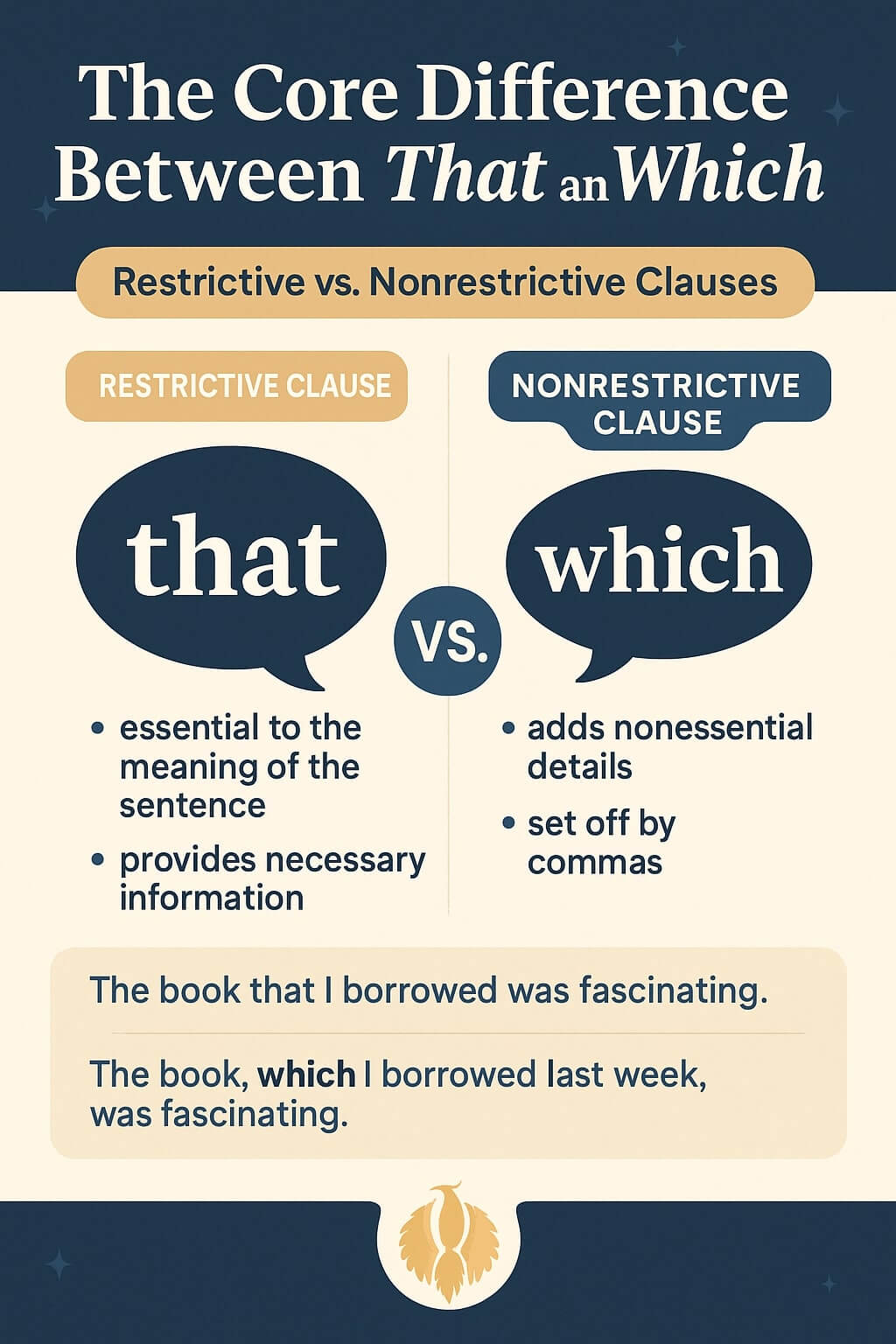
When you’re learning English, it’s surprisingly easy to be confused by words such as and and which.
They are both introductory relative clauses, that is, they both introduce clauses which provide additional information relating to a sentence, with the crucial difference being in the nature of that information.
You Might Also Enjoy: Into vs. In To: Differences + Examples + Grammar[2025]
Restrictive vs Nonrestrictive Clauses
To figure out when to use each one, it helps to know the difference between restrictive and nonrestrictive clauses.
It sounds tough, but the idea is straightforward.
A restrictive clause is essential to the meaning of the sentence, it tells us something crucial about the noun it’s describing.
Well, Without it, the sentence wouldn’t make sense or the meaning would change.
Nonrestrictive clauses (those that include “which”), however, refer to additional, nonessential detail.
Nonrestrictive clauses aren’t usually set off by commas.
Restrictive clauses (with “that”) provide necessary information.
That’s why these clauses are set off with commas: They’re extra information that doesn’t alter the basic meaning of the sentence.
Example:
The book that I borrowed was fascinating.
In this sentence, “that I borrowed” is crucial.
Without it, we wouldn’t know which book the speaker is referring to.
It’s an essential part of the sentence.
However, nonrestrictive clauses (with “which”) provide additional, nonessential details.
These clauses are set off by commas because they’re just extra information that doesn’t change the core meaning of the sentence.
Example:
The book, which I borrowed last week, was fascinating.
Here, “which I borrowed last week” is an added detail.
“Without it, the sentence still works: The book was fascinating.
It’s nice to know when the book was borrowed, but it’s not necessary to the sentence’s main point.
Why Does This Matter?
It is good to know the difference between the two when it comes to the clarity of your communication.
Using “that”, you are saying that information is necessary to understand the meaning of the sentence.
However, You are providing an aside or an extra detail which your reader does not need to understand the main point when you use ‘which’.
A good rule to follow is simple: if the information is needed to identify the noun, go with “that”.
If the information is just something extra, then use “which” with commas.
Restrictive vs Nonrestrictive Clauses Explained
That and which can be confusing.
To truly understand when to use either word, you have to get a grip on restrictive and nonrestrictive clauses.
These clauses are crucial to making clear, precise sentences, so let’s break them down.
You Might Also Enjoy: Then vs. Than: Difference+ Examples+ Usage [2025]
What’s a Restrictive Clause?
A restrictive clause is crucial to identify the noun it modifies.
Without it, the sentence might not make sense or could be unclear.
These clauses give key details that help you identify or limit the noun, and they aren’t separated by any commas.
For example: The car that I drove yesterday is mine.
The clause “that I drove yesterday” is necessary.
Without it, we don’t know which car the speaker is talking about.
As you can see, there are no commas, this shows that the clause is restrictive.
Another example:
The keys that were on the counter are gone.
Without “that were on the counter,” the sentence would feel incomplete.
The clause tells us exactly which keys are missing, and again, no commas here.
What’s a Nonrestrictive Clause?
That said, a nonrestrictive clause e car is mine.
The commas show that this is a nonrestrictive clause.
Another example:
The keys, which were on the counter, are gone.
“Which were on the counter” adds some context, but it’s not essential.
The sentence still makes sense without it: The keys are gone.
The commas show that the clause is nonrestrictive.
Grammar rules
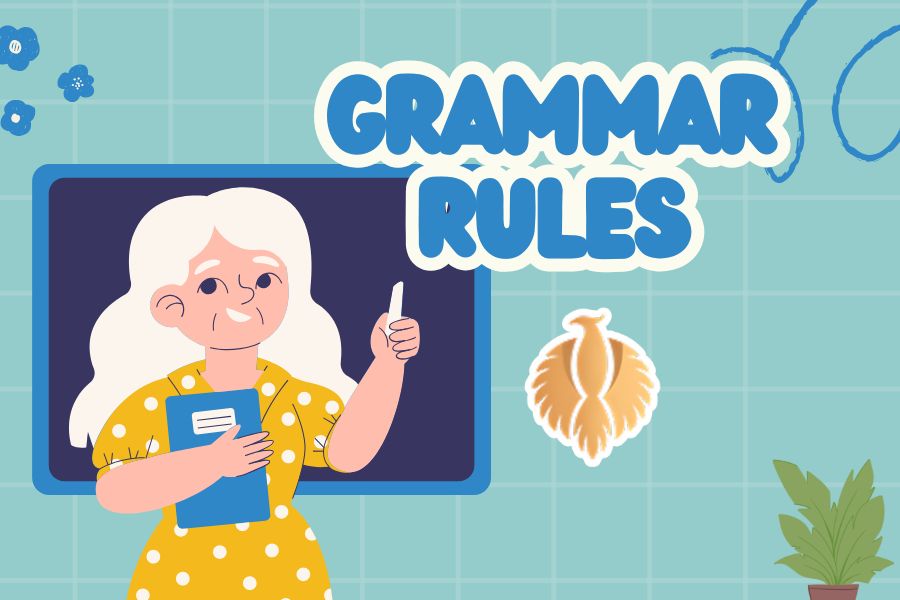
When to Use “That”
You should use “that” when you’re talking about important details, those bits that you really need to clarify what you mean.
Here’s the gist:
- “That” means essential info.
- No commas here!
Examples:
*The dress that she wore to the party was stunning.
- In this case, “that she wore to the party” is key because it tells us exactly which dress we’re talking about.
*The cake that we baked for the celebration was delicious.
- Here, “that we baked for the celebration” helps specify which cake it is.
When to Use “Which”
Now, “which” is a bit different.
You use it for extra information that’s nice to know but not totally necessary.
Here’s the deal:
- “Which” means extra details.
- Don’t forget the commas!
Examples:
*The dress, which she wore to the party, was stunning.
In this sentence, “which she wore to the party” adds a fun detail, but the main point still stands without it.
*The cake, which we baked for the celebration, was delicious.
“Which we baked for the celebration” just gives us a little extra info, but the sentence works fine on its own.
Quick Recap
1.Use “that” when the info is essential (and skip the commas).
2.Use “which” for extra info (and definitely use commas).
Once you have that down, ‘that’ or ‘which’ won’t trip you up anymore.
You Might Also Enjoy: Ad Vs Add: Differences + Examples + Usage [2025]
Why Using “That” and “Which” Correctly Matters
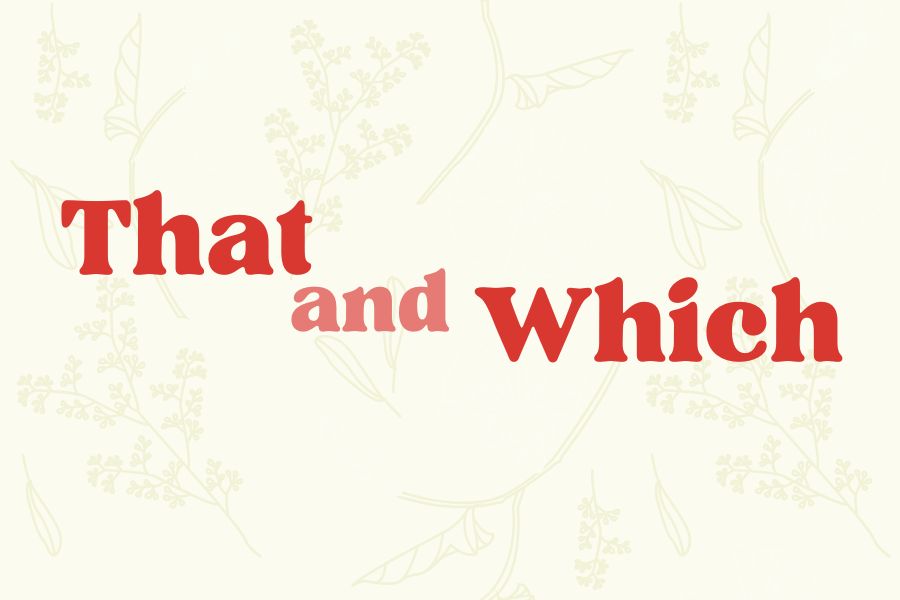
When it comes to writing, the little things can make a big difference.
One such fine point is when to use the word “that” and when to use the word “which.”
On the surface, the two words look alike, but they function in a sentence in divergent ways, and understanding how to use each can help your writing be more vivid and transparent.
So, why is it so important?
First, the proper use of “that” and “which” enables your reader to understand precisely what you are saying.
When you use “that” correctly, you make sure the most important information is easy to find.
“That” is used when you need to give essential details.
These details are necessary for understanding the sentence.
However, “which” is used when you mean to add nonessential information.
Nonessential information adds detail but isn’t necessary to convey the meaning of the sentence.
This combinatory use of the word “which” provides a reader with extra context or background without causing confusion.
Using “that” and “which” correctly can really elevate your writing and make it sound more polished.
Whether you’re composing an email to your boss, an article for your audience, or even a quick note to a friend, selecting the right word to express your thoughts can make all the difference.
Well, This is especially important in academic or professional settings, where words matter.
In short, “that” plain and simple keeps your sentences succinct and to-the-point, while “which” lets you convey more information without changing the message.
Choosing your moments for each word usage You’re showing your understanding of structure, and your interest in improving your top weapon, communication.
Though the distinction between “that” and “which” might seem minor, it significantly sharpens your writing, making it more precise and easier for readers to follow.
By focusing on these little grammar nuances, you’ll write with greater confidence, and your audience will definitely appreciate the clarity.
Examples
“Which”
- The book, which I grabbed from the library last week, turned out to be way more interesting than I expected.
- That car, which has been sitting outside my house all morning, belongs to my neighbor across the street.
- I ran into Tom, which was funny, because we hadn’t seen each other since that summer hiking trip!
- The cake, which she made from scratch for the birthday party, disappeared within minutes.
- There’s a painting in my living room which my aunt gave me—it’s a peaceful countryside scene.
- He told me about this thriller, which he watched with some friends last night, and now I want to see it too.
- I bought a jacket yesterday which fits so well that I might get it in another color too.
- The garden, which we’ve been working on for months, is finally full of blooms.
- My computer, which I rely on every day for work, is slower now but still holds up.
- The house, which we just moved into last week, already feels more like home than the old one ever did.
- The dog, which had been barking nonstop, finally curled up and went to sleep.
- We had dinner at this new place, which a coworker recommended, and it totally lived up to the hype.
- The meeting, which was supposed to start at 3, got pushed back due to some annoying tech issues.
- I got these shoes online, which I’ve been eyeing for weeks, and they’re arriving tomorrow.
- The movie, which we watched last night, was funny and full of action.
- The phone, which I just bought last week, has many great features.
- The road, which we take every day to work, was closed for construction this morning.
- The dress, which she wore to the party last weekend, was beautiful, with intricate designs.
- The letter, which I received this morning from my childhood friend, was filled with memories of the times we spent together.
- The project, which we are working on at the office, will finish next month.
- The city, which I visited last summer during my vacation, is very lively.
- The beach, which we went to yesterday for a day trip, was crowded with families.
- The book, which I finished last week, turned out to be really good—it kept me hooked the whole time.
- The game, which we played at the party last night, was super fun and full of unexpected twists.
- The soup, which she cooked for dinner yesterday, was delicious—warm, cozy, and exactly what we needed.
- The building, which they’re still working on near my office, is going to be a hotel.
- The picture, which we took during last year’s family trip, is now framed and hanging on the wall.
- The chair, which I picked up from a local furniture shop last month, is surprisingly comfy.
- The event, which I attended yesterday with my colleagues, was fun.
- The music, which was playing during the party last night, was relaxing and created a great atmosphere.
You Might Also Enjoy: Receive vs. Recieve: Correct Spell + Examples [2025]
“that”
- The book that I bought from the store yesterday is a mystery novel.
- The car that was parked in front of my house this morning belongs to my neighbor.
- The cake that we made for the birthday party yesterday was so good!
- The dog that we adopted from the shelter last month is very playful.
- The painting that hangs in my living room was created by a famous French artist.
- The movie that we watched last night was a thrilling action film.
- The meeting that I attended earlier today was very productive, and we came up with some great ideas for the new project.
- The jacket that I wore to the concert last night kept me warm, even though the weather was chilly.
- The road that leads to my office is always busy in the morning, so I try to leave early to avoid the heavy traffic.
- The shoes that I bought last week from that store downtown are incredibly comfortable, and I wear them almost every day.
- The house that we recently moved into is much bigger than our old apartment, and it has a beautiful garden in the backyard.
- The class that I signed up for last semester was challenging but rewarding.
- The team that won the competition was thrilled and celebrated their victory.
- The restaurant that we went to for dinner last weekend had an amazing atmosphere, and the food was delicious.
- The dress that I wore to my friend’s wedding last summer was stunning, and everyone complimented me on how it looked.
- The concert that we attended last night was incredible, with some great performances.
- The phone that I just upgraded to has a much better camera.
- The book that I read last week was about a young detective solving complex mysteries.
- The train that I took this morning was delayed, so I had to rush to make it to my meeting on time.
- The city that I visited during my vacation last year was full of rich history.
- The project that we’re working on at the office is almost finished.
- The chair that I bought for my office is ergonomically designed.
- The test that I took last week was difficult, but I think I did well because I studied hard for it.
- The game that we played during our family reunion last weekend was so much fun.
- The letter that I received from my old friend was heartfelt and reminded me of our beautiful memories.
- The dress that my sister wore to her graduation ceremony last month was gorgeous.
- The movie that is playing at the theater this weekend is supposed to be a blockbuster.
- The park that we visited last Saturday was peaceful, with walking trails and a pond.
- The event that I attended last night was a charity fundraiser.
- The song that was playing during the wedding reception made everyone get up and dance.

Hi, welcome to my blog! My name is Omid and I am thrilled to have you here! I am an English language teacher with 12 years of experience and hold multiple international certifications (TESOL, IELTS, TOEFL, PTE, CELTA). Additionally, I hold a PhD in Applied Linguistics with a specialization in Teaching English as a Second Language (TESL), which fuels my passion for teaching English and assisting others in mastering the language. To me, nothing is more rewarding than helping individuals enhance their English language abilities through various methods. So, let’s embark on this journey of learning English together.

